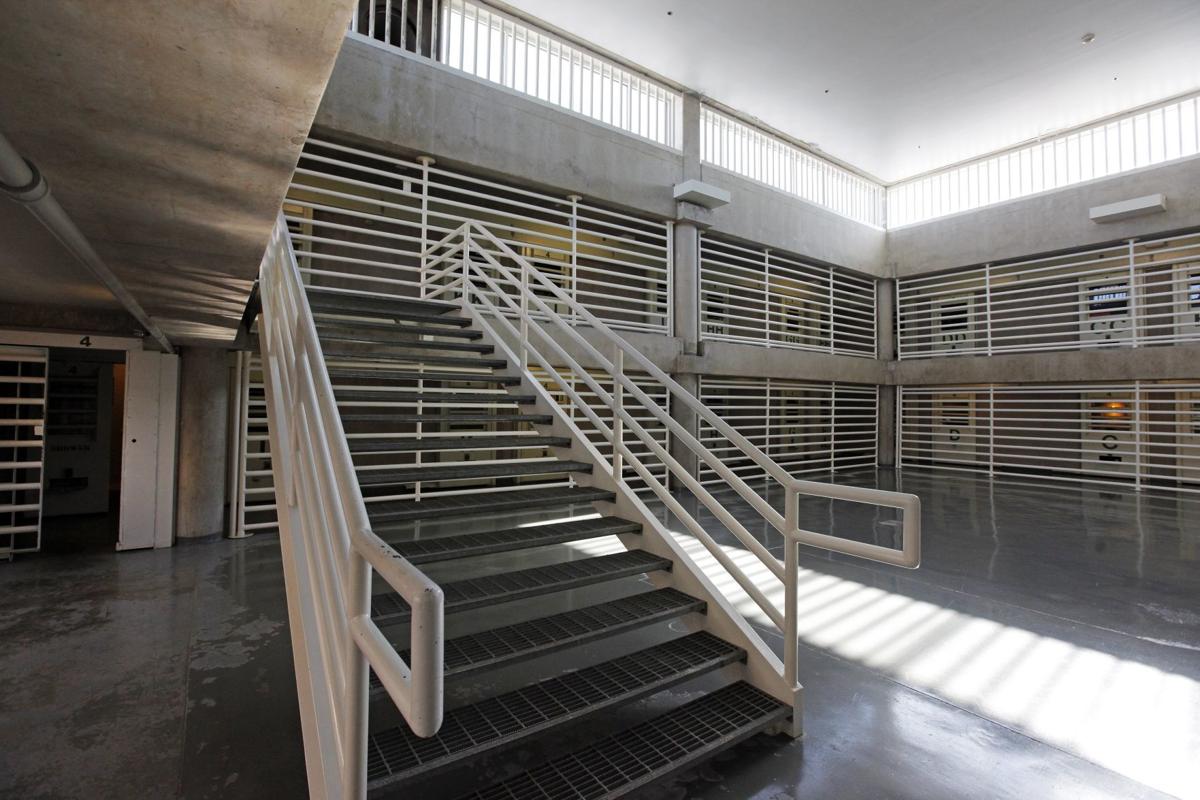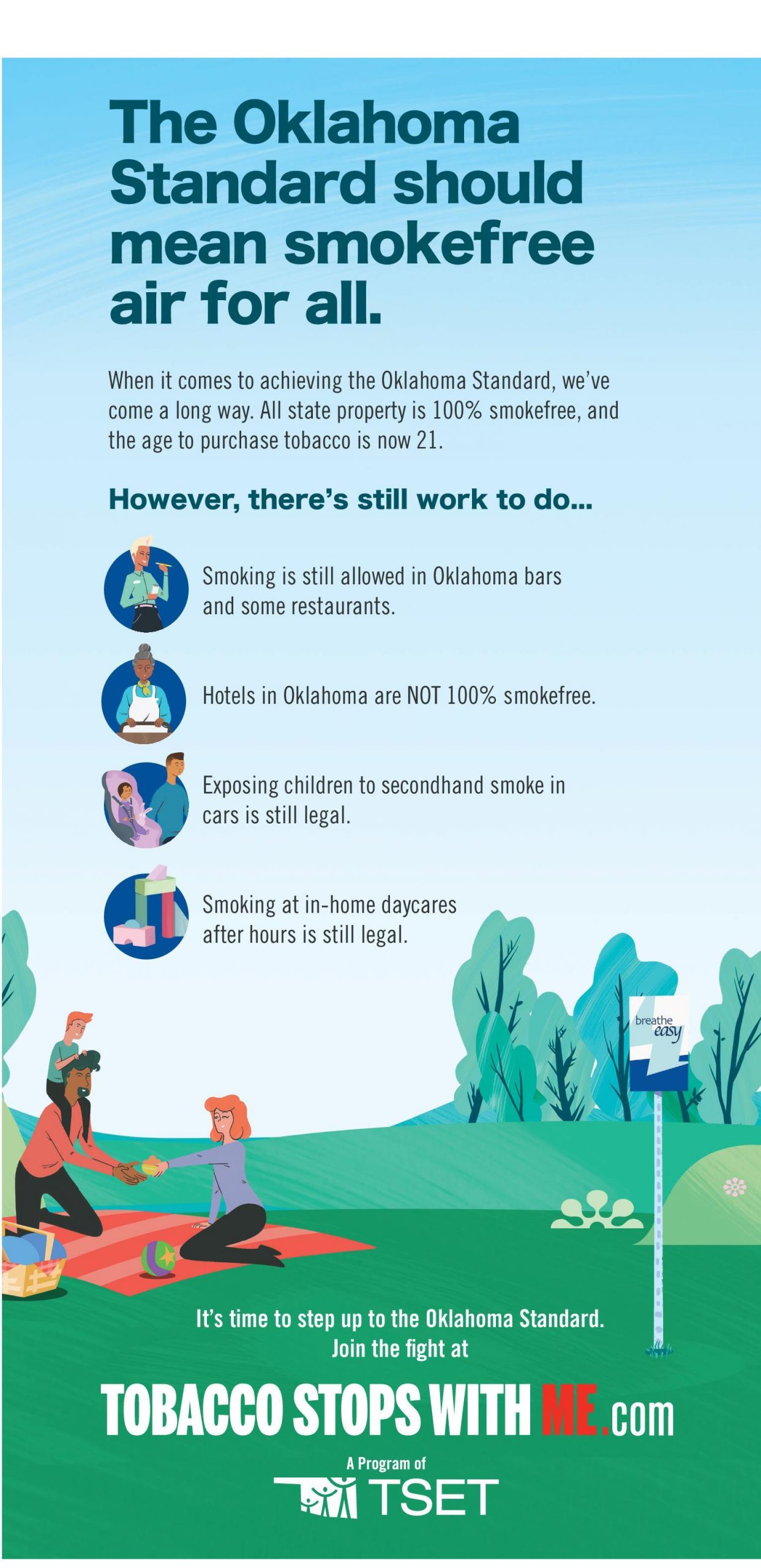OKLAHOMA – Aprison reform group has outlined what it says was a pattern of racial disparities that led to African Americans being disproportionately exposed to COVID-19 during the early months of the pandemic.
Analyzing recent Oklahoma Department of Corrections data, FWD.us, a national nonprofit advocacy body claimed in a report that Black Oklahomans were admitted to state prisons between March and June at increased rates.
According to the 12-page report, Black Oklahomans — only 8% of the state’s population — made up 27% of the prison population, which is at least four times the imprisonment rate of any other demographic.
Since the pandemic began, 6,653 state inmates and 736 corrections staff had tested positive for COVID-19, a DOC COVID-19 dashboard shows. Of these cases, 296 among inmates and 90 among staff are active. Thirty-seven inmates have died from the virus.
African American inmates currently represent 27% of the total incarcerated population and 25% of confirmed COVID-19 deaths to date, the agency said.
Nationally, a report by Prison Policy Initiative suggested that more than a half a million cases recorded over the summer were fueled by increased incarceration rates.
Shanna Gong, the Oklahoma director at FWD.us, explained the issue is concerning because correctional facilities present high-risk settings for widespread COVID-19 transmissions and Black inmates are especially susceptible to severe outcomes from virus exposure.
“Overcrowding, among other conditions, makes it nearly impossible to practice social distancing, maintain proper sanitation, and control the spread of COVID-19 in Oklahoma’s prisons,” Gong said. “With Black and incarcerated people at heightened risk of COVID-19, growing racial disparities are especially troubling. Officials need to do all they can to reverse this trend.”
The CDC recently acknowledged that Black Americans face an inequitable burden of COVID-19 infections. After adjusting for age, Black Americans are shown to die at a rate of almost three times that of whites, a Dec. 5 CDC report found.
In Oklahoma, African Americans make up 6.2% of all COVID deaths, per the latest Oklahoma State Department of Health report. In Tulsa County, Black residents account for 8.58% of COVID-19 fatalities and 2,833 cumulative infections — the second highest total of any racial demographic.
Particularly in the early spring and summer when little was known about how COVID-19 was transmitted, Black inmates made up 30% of prison admissions in June, a 50% increase from previous years, the report said.
What was described as “a disproportionate number” of people admitted to DOC custody specifically in June came from Tulsa County. The FDW.u analysis revealed that figure was 53.5% compared to 14% in a typical month.
Black residents make up 15% of Tulsa’s overall population, according to the most recent U.S. Census data, but they made up 38% of Tulsa’s inmate transfers to state prisons.
In response to inquiries about the admissions in question, the Department of Corrections confirmed that its facilities did accept a significant number of people from the Tulsa County jail in June, but did not detail specific inmate demographics.
Tulsa County Presiding District Judge Bill LaFortune explained that the Tulsa County Courthouse suspended most in-person operations during the months of March, April, May and June due to the growing coronavirus surge except for plea hearings so defendants wouldn’t have prolonged waits in jail before their cases were adjudicated.
“We were taking pleas because we wanted to keep the jail less populated,” LaFortune said. “So yes, we were taking COVID steps, which included accelerating the felony plea process to keep the jail less populated due to COVID.”
Earlier this fall, Jason Bryant, the Oklahoma Department of Corrections population coordinator, said the agency had experienced a 46% increase from a year ago in people awaiting transfer to DOC facilities from county jails. The DOC had temporarily put receptions on hold at the outbreak of the virus to curb its spread.
Tulsa County Sheriff Vic Regalado intimated that the influx of transfers to the DOC around June may have been due to the jail first testing inmates for the virus to ensure they were not infected before being moved to state facilities.
Regalado told the World that the jail has no real influence where inmates end up after arriving at the facility following arrests. He said the court ultimately determines whether an incarcerated person is remanded elsewhere.
Gov. Kevin Stitt in April approved 452 inmates for early commutations to decrease prison crowding and reduce risks of coronavirus outbreaks affecting staff and the general population.
During a news conference in early September after several outbreaks across state prisons led to a surge in cases and deaths, Department of Corrections Director Scott Crow noted that the Oklahoma Pardon and Parole Board was exploring the possibility of early releases for nonviolent offenders who had three to six months left on their sentences.
Tiffany Crutcher, who testified in front of the U.S. Civil Rights Commission Oklahoma Advisory Council on the issue, has not been satisfied with the state’s effort to reduce the prison population amid numbers that show inmates — especially minorities — are vulnerable to infection and death.
“Oklahoma has the second highest rate of Black imprisonment in the U.S., and now the proportion of prison admissions for Black Oklahomans has increased,” said Crutcher. “Racial disparities are already unacceptable, and seeing them widen has a profound human cost during the COVID-19 pandemic. COVID-19 is compounding the inequities that already exist and Black people across the country are dying at higher rates.”




